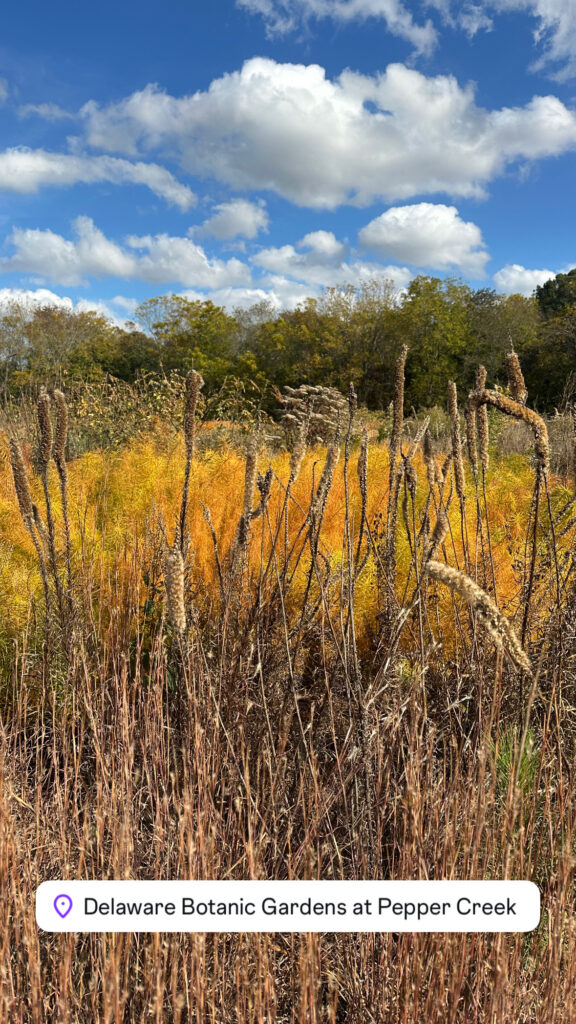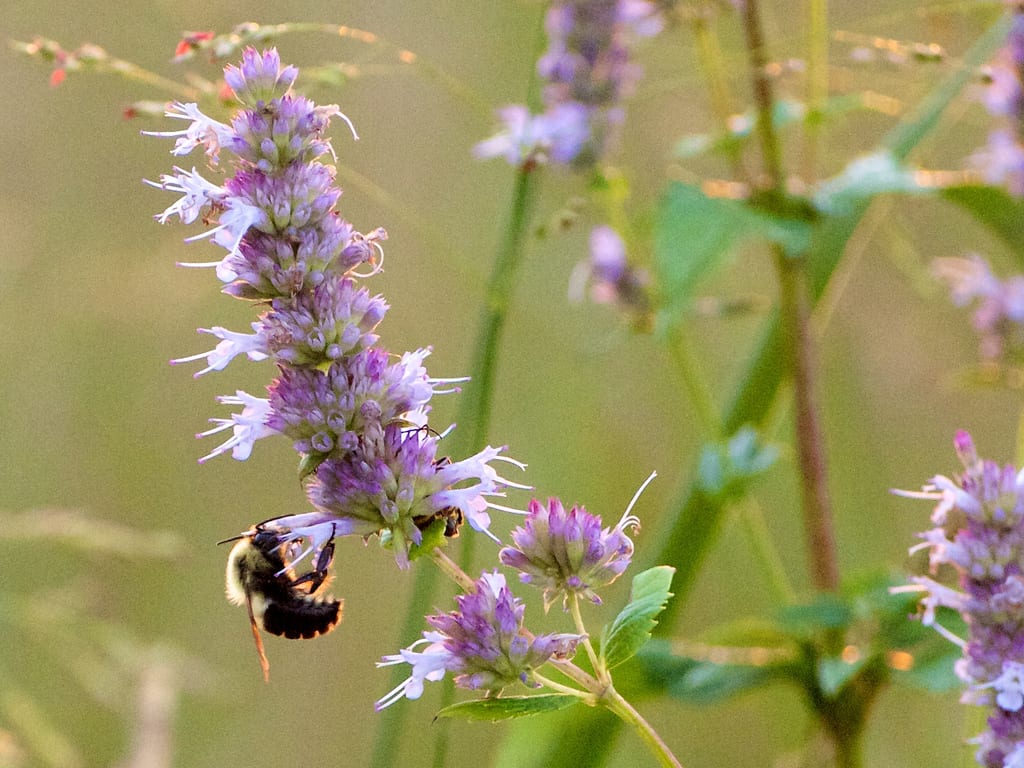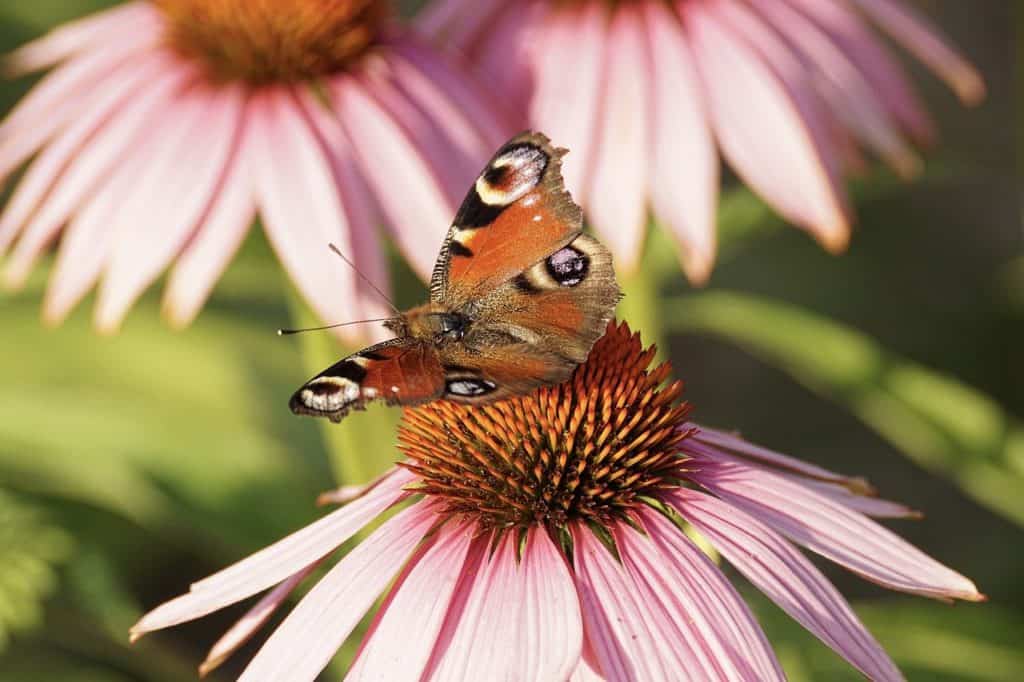Have you considered a sustainable approach to Meadow Management?
There are numerous benefits of adopting the “Chop and Drop” method.
Did you know that sustainable management of a wildflower meadow can be a rewarding way to support biodiversity and foster a healthy ecosystem?
As a natural mulch and soil improver, you have undoubtedly heard about the benefits of leaving leaves to decompose. Chop and drop meadow management uses last year’s plant material as this year’s mulch.
One of the most sustainable approaches is the “chop and drop” method, which involves delaying cutting meadow plants until late winter or early spring.
Simply, cut the plant material is chopped into small pieces—either by a hedge trimmer or by hand—and left to decompose naturally on the ground.
This technique provides significant ecological benefits, enhances soil health, and eliminates the need for external inputs like imported mulch.
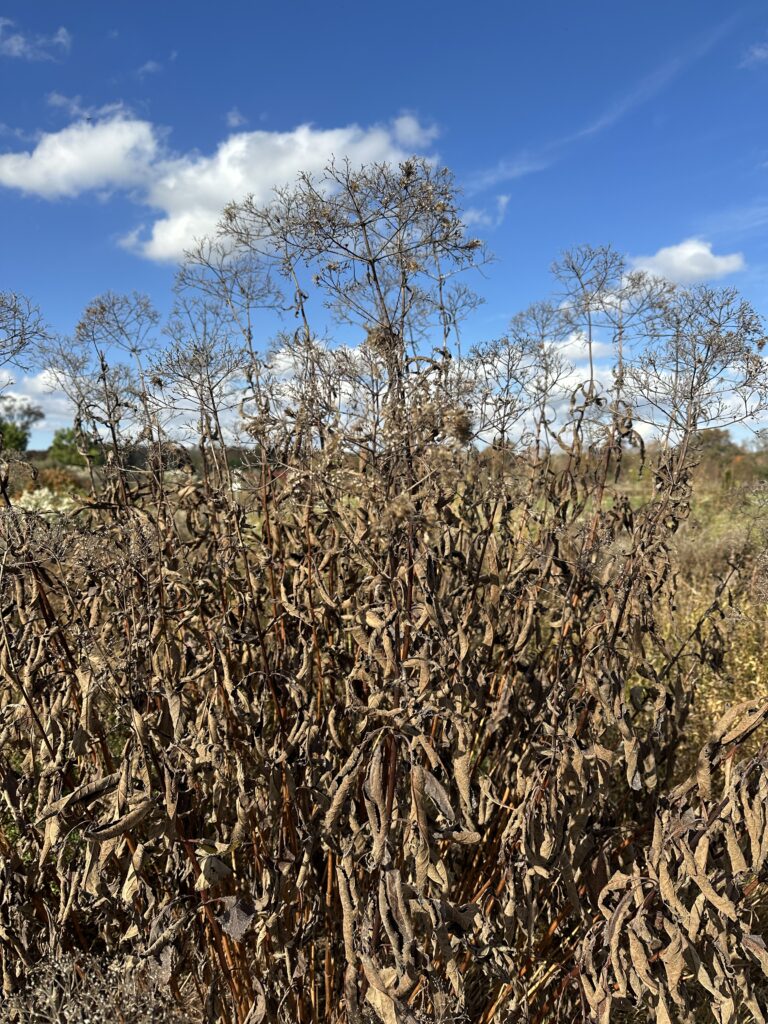

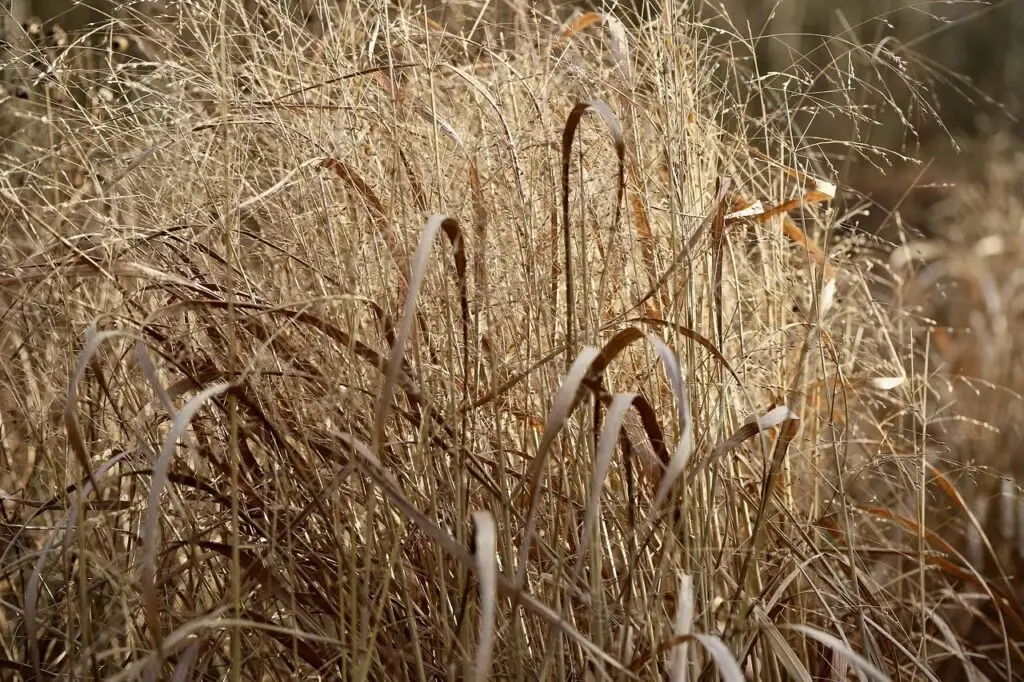
Supporting Wildlife Through the Winter
Leaving the meadow uncut until late winter or early spring ensures that its ecosystem can support a wide variety of wildlife:
Insects find critical shelter: Many beneficial insects, including pollinators like bees and butterflies, overwinter in hollow plant stems or under leaf litter.
Birds benefit from seeds and cover: The seeds on uncut plants serve as a vital food source for birds during the colder months, while the standing vegetation offers refuge from predators and harsh weather.
Amphibians and small mammals thrive: Frogs, mice, and other small creatures rely on the dense cover of uncut plants for protection during the winter.
By postponing the cutting of vegetation, the chop and drop method supports the meadow’s ecosystem through the colder months, ensuring a vibrant community of organisms come spring.
Creating a Natural Mulch to Reduce Weeds
When the plants are gradually cut and chopped into small pieces, the resulting material acts as a natural mulch. This mulch layer provides several practical benefits:
Weed suppression: By covering the ground, the mulch creates a barrier that inhibits weed germination and growth, reducing competition for the meadow plants.
Moisture retention: Mulch helps retain soil moisture by limiting evaporation, which is especially important in dry or exposed areas.
Root protection: The decomposing material insulates and protects the delicate roots of meadow plants, helping them survive late-season temperature fluctuations.
This natural mulch is far superior to bringing in external materials, which may carry weeds, alter soil chemistry, or disrupt the meadow’s delicate ecological balance.
Building Healthy, Organic Soil
The chop and drop method has long-term benefits for soil health, as the decomposing plant material enriches the soil with organic matter. Over time, this improves:
Soil fertility: As the mulch breaks down, it releases nutrients back into the soil, supporting healthy plant growth.
Soil structure: The addition of organic matter enhances the soil’s ability to retain water and resist compaction, creating an ideal environment for wildflower roots to thrive.
Microbial activity: Decomposing material encourages the growth of beneficial soil microbes, which play a crucial role in nutrient cycling and plant health.
This natural enrichment process supports the meadow’s plants as they mature, reducing the need for external fertilizers or soil amendments.
Promoting Sustainability and Reducing External Inputs
Unlike traditional mulching methods that rely on imported materials, chop and drop uses what the meadow already produces, making it a low-impact, eco-friendly approach. The method avoids:
Introducing alien materials: Imported mulch can sometimes contain invasive species, pests, or pathogens that harm the native meadow ecosystem.
Disrupting the natural cycle: By keeping the nutrients within the system, chop and drop aligns with the meadow’s natural processes and maintains its ecological balance.
Creating waste: Instead of removing plant material from the site, chop and drop ensures that every part of the meadow contributes to its health and sustainability.
This approach not only reduces environmental harm but also helps the meadow become more self-sufficient over time.
Steps for Implementing Chop and Drop
Here’s how to implement this method effectively in your wildflower meadow:
Delay cutting until late winter or early spring: Allow the standing plants to provide habitat and food for wildlife through the colder months.
Cut the vegetation into small pieces: Use a hedge trimmer, scythe, or shears to chop the material into manageable fragments.
Spread the chopped material evenly: Distribute the cuttings over the meadow to ensure even coverage.
Monitor the decomposition process: As the mulch breaks down, observe how the plants respond and adjust management practices as needed.
Long-Term Benefits of Chop and Drop
As the years pass, the cumulative effects of this method lead to an increasingly healthy and resilient meadow:
Soil quality improves: Enriched with organic matter, the soil becomes better able to support the deep roots of wildflowers and other meadow plants.
Weed pressure decreases: With a consistent layer of natural mulch, invasive weeds struggle to establish themselves.
Biodiversity thrives: The habitat created by standing plants and decomposing material supports a wide range of organisms, from pollinators to birds and small mammals.


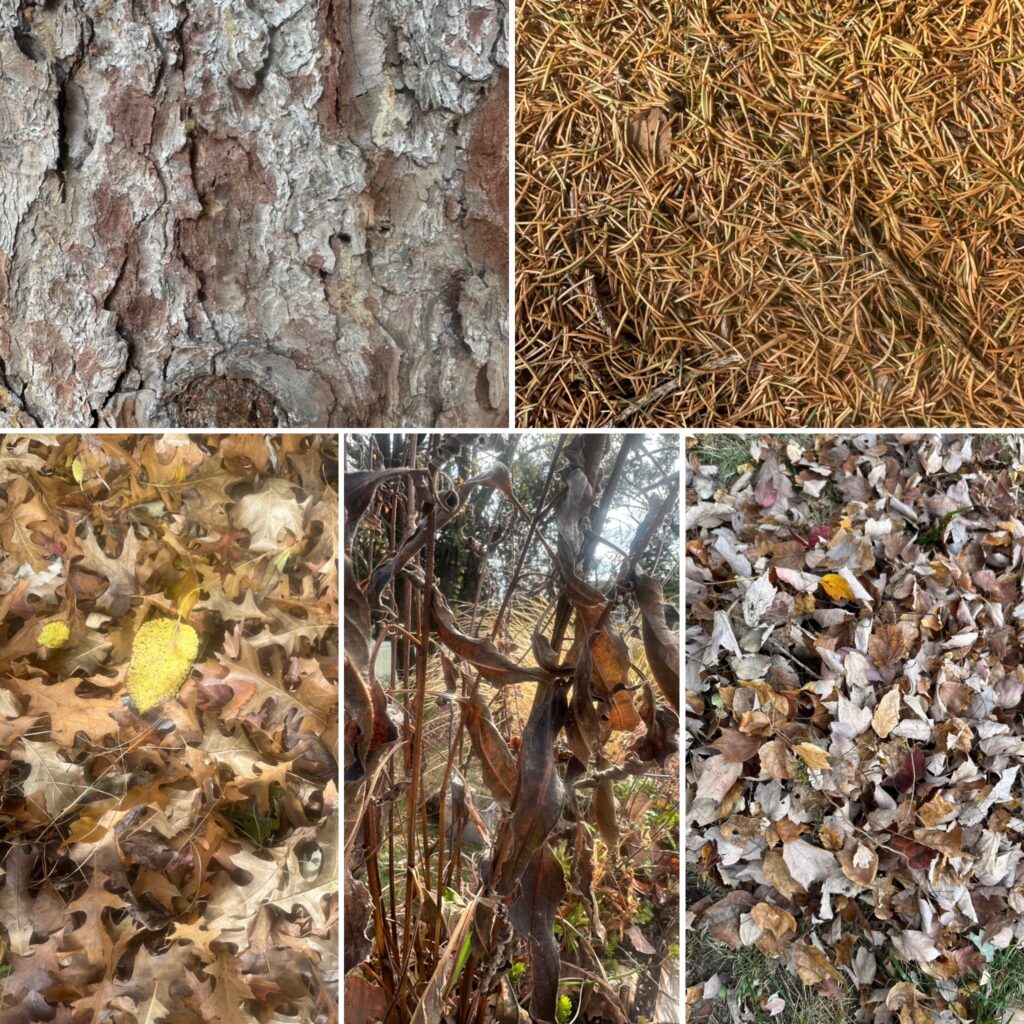
Conclusion
The chop and drop method is a simple yet powerful way to manage a wildflower meadow sustainably. By working with natural processes—delaying cutting, chopping vegetation into small pieces, and allowing it to compost on-site—you can enhance soil health, support wildlife, and create a thriving ecosystem. Over time, this approach not only reduces the need for external inputs but also fosters a meadow that is self-sustaining, vibrant, and teeming with life.
Here’s a list of references and resources for learning more about the chop-and-drop principles in wild meadow management, tailored for homeowners, residents, and businesses:
Books and Further Research
“The Meadow: Restoring Grasslands and Habitats with Native Plants” by James Hitchmough
• A comprehensive guide to designing and managing meadows in various environments, including practical advice on chop-and-drop techniques.
“No-Mow Zone: How to Rewild Your Garden” by Benjamin Vogt
• Explores rewilding principles, including meadow creation and how chop-and-drop can be integrated into a wildlife-friendly yard.
“Bringing Nature Home” by Douglas W. Tallamy
• A foundational book on native planting and sustainable practices for restoring biodiversity, with insights into how meadow management supports ecosystems.
Research Articles
“Chop-and-Drop Mulching in Meadow Restoration: Enhancing Soil Fertility and Biodiversity”
• Available via research platforms like Google Scholar or ResearchGate, this paper highlights the ecological benefits of chop-and-drop methods in meadow ecosystems.
“Wildflower Meadows: Management Strategies for Biodiversity Conservation” by The Journal of Ecology
• Discusses seasonal meadow management, including the impact of mulching and organic material recycling.
Online Resources
Meadow Management Guide – Royal Horticultural Society (RHS)
• Offers practical advice for creating and maintaining meadows, with chop-and-drop techniques to enrich soil health.
National Wildlife Federation: Creating Wildflower Meadows
• A step-by-step resource for homeowners to establish and manage meadows while supporting local wildlife.
Permaculture Research Institute: Chop-and-Drop Mulching Explained
• Detailed explanation of the chop-and-drop principle and how it can be applied to meadow landscapes.
Wildflower.org: Meadow Maintenance
Lady Bird Johnson Wildflower Center
• Focuses on sustainable wildflower meadow care, including seasonal pruning and nutrient cycling methods.
Workshops and Videos
“How to Manage a Wildflower Meadow” by Plantlife UK
Plantlife Meadow Video Tutorials
• Free video guides on meadow management for small and large-scale areas.
“Sustainable Gardening: Chop-and-Drop in Action” – YouTube Channel: Nature-Friendly Gardening
• Features real-world examples of homeowners using chop-and-drop mulching in their yards.
Local and Regional Resources
Contact Your Local Cooperative Extension Office
Many extension offices provide region-specific advice on wild meadow management, including chop-and-drop techniques tailored to local plant species and climates.
Wildlife Trusts
• UK-based organization offering localized advice and guides for meadow creation and management.
Further Reading on Chop-and-Drop and Biodiversity
“The Soil Will Save Us” by Kristin Ohlson
• Explains how regenerative practices like chop-and-drop improve soil health and sequester carbon.
“Nature’s Best Hope” by Douglas W. Tallamy
• Highlights how even small meadows managed sustainably can contribute to larger ecological benefits.
“Sowing Beauty: Designing Flowering Meadows from Seed” by James Hitchmough
• Detailed strategies for creating and managing diverse meadows, including techniques like chop-and-drop.

